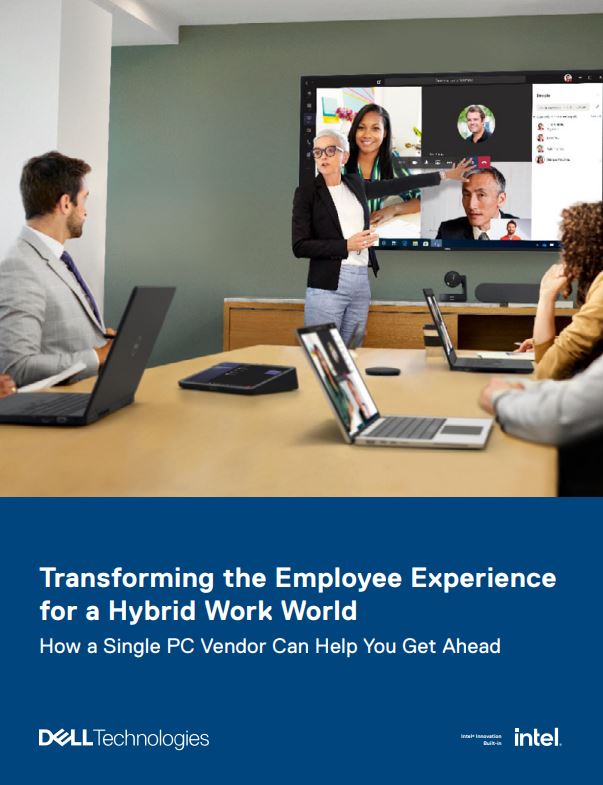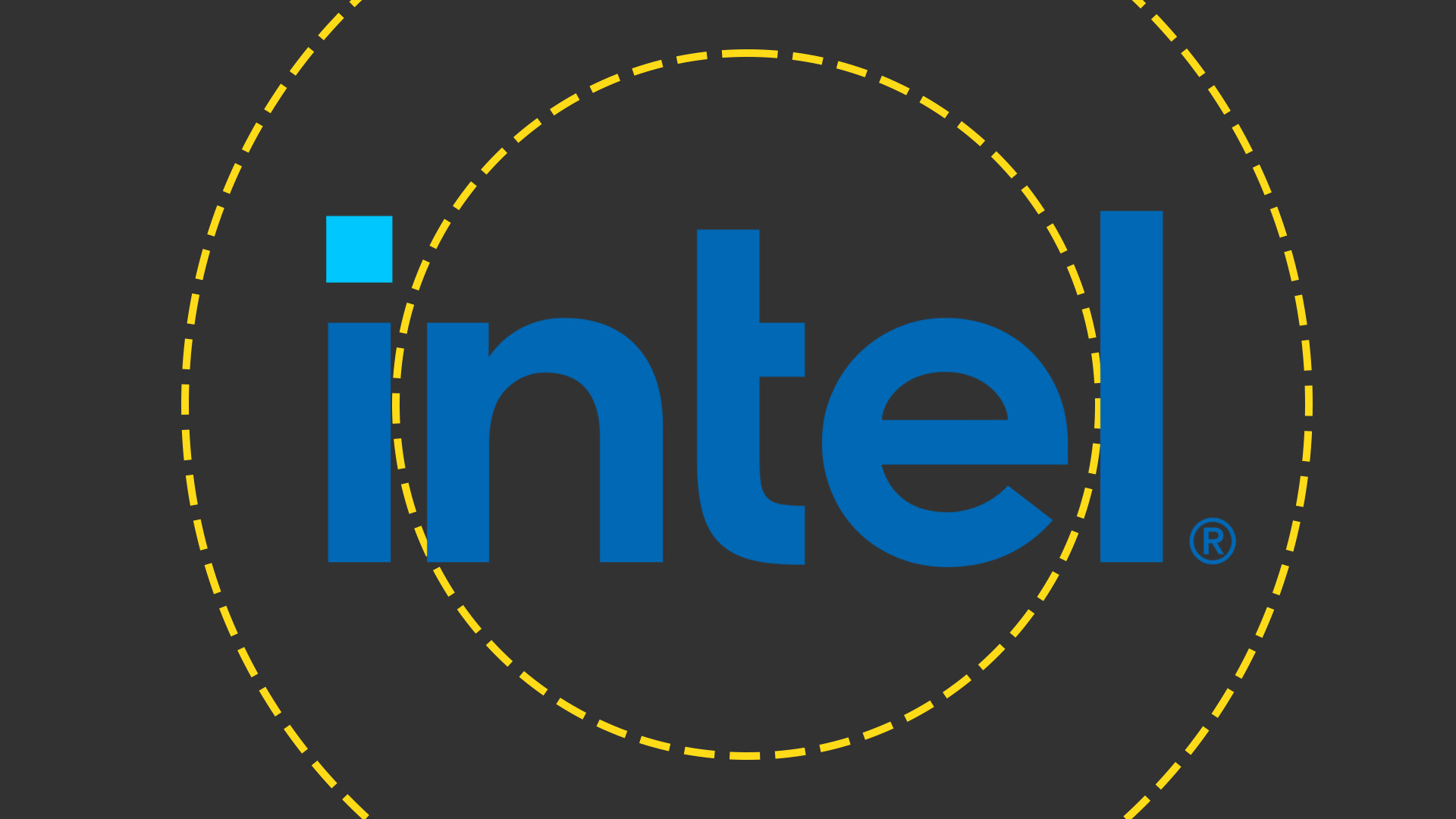How to implement an effective diversity and inclusion (D&I) strategy
Diversity by box-ticking, rather than building a long-term plan for change, is sure to backfire


This article originally appeared in issue 33 of IT Pro 20/20, available here. To sign up to receive each new issue in your inbox, click here
It’s widely understood that workplaces benefit hugely from having a diverse workforce. A range of different approaches to everyday work is healthy and positive, and being open to the widest workforce possible can help employers face up to the skills shortage, which the technology sector is only too familiar with.
But formulating and implementing a diversity and inclusion (D&I) strategy is not a simple matter that takes just a few weeks. This should be an ongoing lived experience – embedded deep in the core of an organisation – to be truly effective. While there are plenty of shortcuts available, any organisation that doesn’t invest the energy, time and resources needed will encounter pitfalls that will backfire.
Building a workforce of all the talents
Understanding the complexity of diversity can be an important first step, and firms may find it most beneficial to seek external expertise to help them process this. Doing so means any policy, the strategies through which it will be implemented, and the ongoing embedding of D&I in everyday working practices is both broad and deep.
“Organisations need to construct policies with an intersectional lens,” says the head of growth at leadership training programme provider Circl, Meenal Patel, tells IT Pro.
“People from underrepresented backgrounds often fall into multiple categories of diversity. A policy which focuses on gender one year, race another, and neurodivergence another will fail before it even begins. We cannot segment diversity in this way. The best diversity policies put intersectionality at the heart of their approach.”
Getting started on D&I
Becoming a more inclusive workplace can manifest as a decision to transform an entire workplace culture. Taking standardised D&I policies “off the shelf” – rather than working from the ground up to develop policies which fit with specific needs – is far from ideal.
Sign up today and you will receive a free copy of our Future Focus 2025 report - the leading guidance on AI, cybersecurity and other IT challenges as per 700+ senior executives
“Before starting a D&I strategy, companies must assess where the gaps are in their business,” says Chelsea Slater, CEO and co-founder of InnovateHer. Armed with this information, organisations can start to work to increase diversity in a meaningful way.
For Holly Foxcroft, head of neurodiversity research in cyber consulting at Stott and May, the biggest mistake firms make is to implement change policy without training employees or giving guidance on the change. “This means employees may not understand why the change is needed, and may not understand the policy and its practices, which can lead to resistance,” she adds.
Sitting alongside this is the question of where responsibility for D&I is located. Slater sees a lot of companies give this work to people who are not in a D&I role, but are passionate and vocal about it. “This is the first “no” when looking at D&I in the workplace,” she adds. “When this happens, colleagues get stressed out as they are doubling their workload almost immediately. D&I is a full-time role.”
The better approach, says Slater, is to either employ someone into this role internally or get a consultant or company to help create a strategy and then implement it.
Strategies must be embedded, not siloed
It’s easy to fall into the trap of thinking that, having recruited diverse candidates, the job is done. In fact, supporting every team member should be embedded in the culture.
RELATED RESOURCE

Transforming the employee experience for a hybrid work world
How a single PC vendor can help you get ahead
“Organisations need to take a fresh look at how they deploy career development,” Patel says. “Equality is giving diverse candidates an opportunity in the organisation. Equity is giving them the resources to succeed once you have hired them.”
Another trap is placing too much emphasis on metrics. Setting a target of changing the makeup of the workforce, by having a statistical goal can be helpful, but it shouldn’t be seen as the only, or even the main, prize.
“The one thing organisations should avoid is to overly focus on the numbers and metrics,” says Bev White, CEO of Nash Squared. She is very clear on this point, adding: “Numbers are very important about telling you where you are, but the engine of diversity is in culture change. You can’t change the temperature by tapping a thermometer, and you can’t change diversity simply by measuring it.”
Bringing everyone on the D&I journey
Vitally, implementing a D&I strategy is a matter for the whole organisation. It’s about cultural change, and this isn’t achieved overnight.
Slater offers sage words, telling IT Pro that implementing a diversity strategy means undergoing a huge organisational culture shift “because you’ve recognised that you are not diverse, or people aren’t being treated fairly within the workplace”.
“Culture can take a long time to change, and you must be willing to have tough conversations with colleagues, and face pushback from colleagues, to create a culture that supports inclusive behaviours,” she concludes.
Finally, it’s centrally important to avoid a culture of blame – making those who have not understood D&I in the past feel somehow that they have done wrong. That way lies the road to building resentment and losing support for the changes that need to happen. When D&I is seen as a lived experience across the whole organisation, everyone is involved and the positives are accentuated.

Sandra Vogel is a freelance journalist with decades of experience in long-form and explainer content, research papers, case studies, white papers, blogs, books, and hardware reviews. She has contributed to ZDNet, national newspapers and many of the best known technology web sites.
At ITPro, Sandra has contributed articles on artificial intelligence (AI), measures that can be taken to cope with inflation, the telecoms industry, risk management, and C-suite strategies. In the past, Sandra also contributed handset reviews for ITPro and has written for the brand for more than 13 years in total.
-
 Trump's AI executive order could leave US in a 'regulatory vacuum'
Trump's AI executive order could leave US in a 'regulatory vacuum'News Citing a "patchwork of 50 different regulatory regimes" and "ideological bias", President Trump wants rules to be set at a federal level
-
 TPUs: Google's home advantage
TPUs: Google's home advantageITPro Podcast How does TPU v7 stack up against Nvidia's latest chips – and can Google scale AI using only its own supply?
-
 Gender diversity improvements could be the key to tackling the UK's AI skills shortage
Gender diversity improvements could be the key to tackling the UK's AI skills shortageNews Encouraging more women to pursue tech careers could plug huge gaps in the AI workforce
-
 Is diversity still a challenge in the channel?
Is diversity still a challenge in the channel?Industry Insights Despite progress, diversity remains a challenge in the tech channel, as women represent less than a quarter of the UK’s tech workforce and still face structural and cultural barriers
-
 Want to keep your job in the AI era? Start retraining now
Want to keep your job in the AI era? Start retraining nowNews Workers face critical decisions over the best way to upskill and retrain in the age of AI
-
 UK firms are pouring money into AI, but they won’t see a return on investment unless they address these key issues
UK firms are pouring money into AI, but they won’t see a return on investment unless they address these key issuesNews An SAP report projects increased AI investment, but cautions that too many organizations are taking a fragmented approach
-
 Cisco promises AI training for a million Americans
Cisco promises AI training for a million AmericansNews The company joins Amazon, Google, and Microsoft in support of the government's Pledge to America's Youth – Investing in AI Education
-
 Intel makes high-level hires while factory workers are warned of layoffs
Intel makes high-level hires while factory workers are warned of layoffsNews The company is appointing four senior executives as part of efforts to refocus on engineering and customer relationships
-
 UiPath names Simon Pettit as new AVP for UK and Ireland
UiPath names Simon Pettit as new AVP for UK and IrelandNews The seasoned leader will spearhead region-specific transformation projects as UiPath looks to drive operational growth and customer engagement
-
 Women in tech are plagued by imposter syndrome – here are three tips to overcome lingering doubts
Women in tech are plagued by imposter syndrome – here are three tips to overcome lingering doubtsNews Imposter syndrome among female tech workers gets worse as careers progress